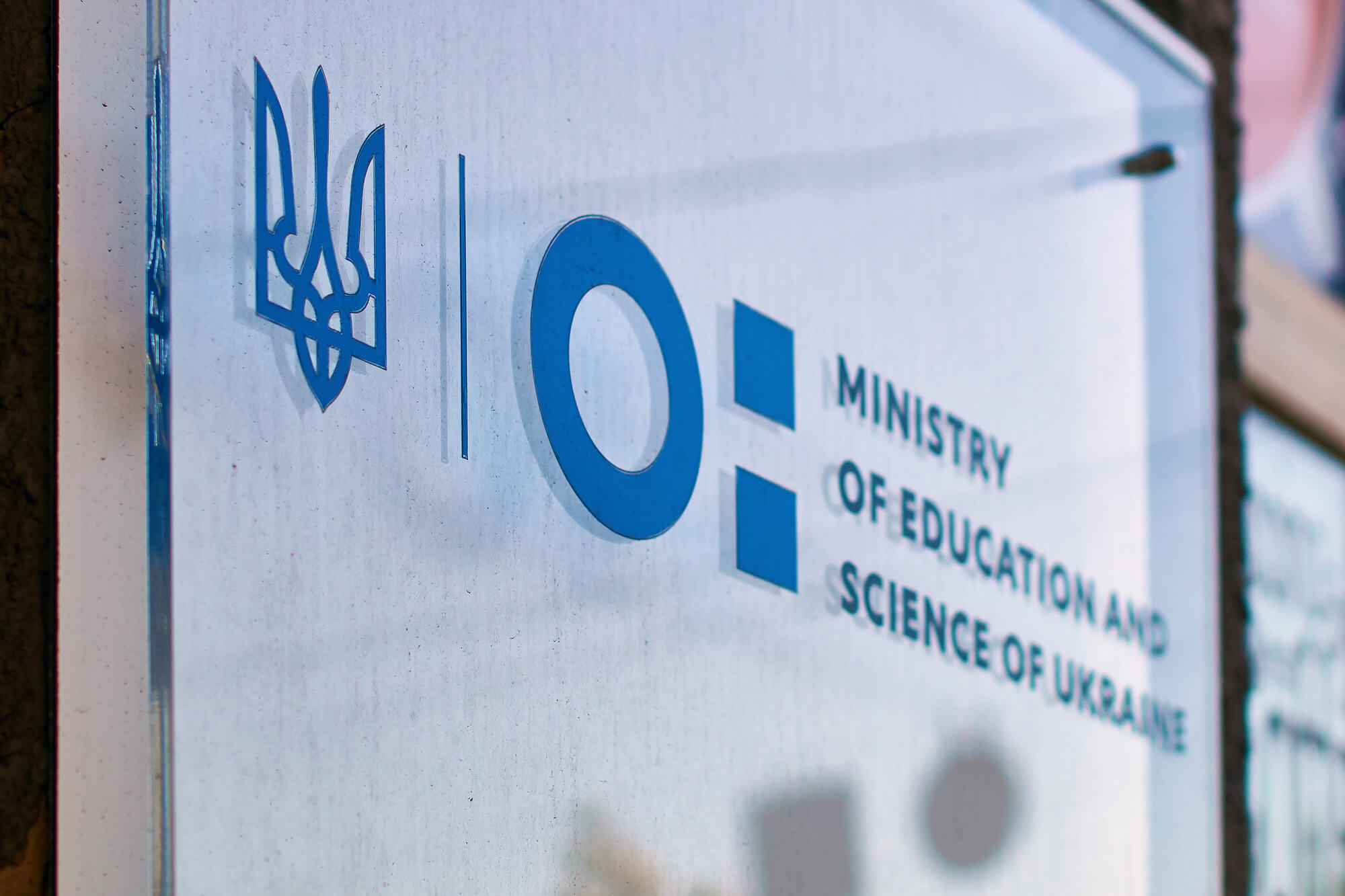Russia’s war on Ukraine is a part of its wider plan of world leadership. Another part of this plan is leadership of the ‘Global South’, starting with the BRICS countries. Russia started to devise a common BRICS currency to crowd out the US dollar from cross-border transactions of BRICS member states. Will these plans work?
Making Russia “great again”?
Russia’s official motive for its barbaric invasion of Ukraine, namely to denazify and to demilitarise its neighbour, is as unconvincing as it is anachronistic. Denazification is a recycled post-World War II Soviet propaganda theme. Its dubious credibility today is further undermined by the present regime’s rehabilitation of Joseph Stalin, the sanguinary Soviet dictator denounced after his death by Nikita Khrushchev and Aleksandr Solzhenitsyn. Kremlin alternative reality explanations are artificial narratives designed for domestic and foreign consumption. They fall into the FSB ‘active measures’ category of hybrid warfare tactics. ‘Active measures’ attempt to shape perceptions by disseminating deliberately biased information directly or via manipulated information outlets. The final goal is to prompt target audiences to take certain actions that are in Russia’s interests (or not to take action against those interests). The use of these Soviet-type propaganda methods means the sincerity of the regime’s statements and declarations must always be in doubt.
Nevertheless, Russia’s anti-Western and anti-American narrative seems to resonate with many developing nations. While they may have different motives (for example China or India may themselves seek global dominance, and smaller Asian and African countries may benefit from Russian financial and military support), the result is the same: they take an anti-Ukrainian stance. For example, the BRICS and 27 other countries did not support the UN resolution of February 23rd 2023 that condemned the Russian invasion.
The Kremlin’s planned BRICS central bank currency
Russia tries to make those countries its long-term allies by a variety of means. In addition to persuasion through propaganda, they include investment in strategic sectors or in supranational projects. One such project has been a common currency for BRICS.
The existence of this project was revealed by Vladimir Putin at the BRICS Business Forum in June 2022. In August 2023, a leading Kremlin neo-Marxist economist Sergey Glazyev explained that Moscow was planning to devise a new international digital currency to challenge the dominance of the US dollar as a central bank settlement currency. The collapse of the dollar and disintegration of the EU is a mantra constantly repeated by Glazyev and another neo-Marxist Kremlin economist, Mikhail Khazin, reflecting the centuries-long dream held by Russian society of the unavoidable ‘demise’ of the West.
According to Glazyev, the BRICS common currency would be a dual-basket monetary unit, with one basket containing the component currencies of the BRICS countries and the other about 20 exchange-traded commodities from oil to grain to gold. The new currency would be regulated by treaties signed between participating countries. It would permit capital flows between countries only for government-approved investment purposes. Commodity prices would be deliberately stabilised (specifically, Glazyev talked about fixing the price of gold on the Moscow exchange and consequent renationalization of that exchange). Digitalisation and use of blockchain technology would permit the avoidance of sanctions. The entire project could be the subject of a separate conference at the next BRICS summit in Kazan (Tatarstan) in October 2024. The summit will take place in Russia as the country took over the BRICS presidency from South Africa on January 1st of this year.
From a Western standpoint, the concept of any BRICS common currency is puzzling, as it would be unworkable because of the extreme complexity and functionality challenges it would involve between geographically distant countries with differently weak economies and volatile currencies. Jim O’Neill, the former head of global economics research at Goldman Sachs who coined the BRICS acronym, has called the idea of a BRICS common currency “ridiculous” and “absurd”. It was perceived with scepticism by some Russian commentators too.
Moreover, Russia has already experienced common currency failures. At the time of the USSR’s break-up, Russia witnessed the collapse of the Soviet rouble in 1991. This was followed by the failure of the replacement common currency, the Commonwealth of Independent States (CIS) rouble, in 1993. Huge monetary turmoil, hyperinflation and currency depreciation lasted for several years. The CIS rouble plunged from 0.7 per dollar in 1991 to 1,200 per dollar by 1993. The episode demonstrated the impossibility for the Central Bank of Russia, the CIS currency’s central bank, to manage a common currency between the formerly centrally planned economies of the ex-Soviet republics. Disputes over seigniorage allocation, one of the reasons for the CIS rouble’s failure, could happen again between a BRICS central bank and members of the currency union. The recent addition of five new BRICS member countries not including Argentina further complicates the issue.
Note that the Euro common currency project, whose member countries are much closer geographically and economically than the BRICS, had to overcome serious challenges due to diverse monetary and fiscal policies, productivity levels and balance of payments structures. These challenges became particularly apparent during the Greek debt crisis of 2015.
In October 2023, Putin back-tracked on the idea of a single currency, saying it was important first to create a settlement system between BRICS national currencies but that according to experts a BRICS common currency was feasible over the long term. A month later, the Russian deputy Foreign Minister stated that the question of a BRICS common currency was still open and had a number of supporters.
Ambition to lead the BRICS and the world
If the BRICS common currency would be so difficult to implement, why did Russia launch the project in the first place? A plausible explanation is that the common currency idea is linked to the aim of restoring the Russian empire aka the USSR, and not just its geographical borders but also its geopolitical influence. The war unleashed on Ukraine would be part of these calculations.
Efforts by the Kremlin to spread its political and economic authority across the globe as in, for example, sub-Saharan Sahel countries like Mali, Central African Republic and Niger, or in Nicaragua, Cuba and Venezuela in South America, testify to this geopolitical ambition.
Putin looks to be in complete charge of Russia’s geopolitical policy-making. According to Russian opposition politician Lev Shlosberg, “Putin has determined his domestic policy strategy, and there are thousands of … implementers carrying out his will. But in foreign policy, he is the chief architect and chief designer. He is changing the political structure of the world. He intends to take the world back to 1945 and Yalta and Potsdam and to negotiate a new division of spheres of influence in the world.”
Russia’s leadership role compromised by its underdeveloped economy
But just as the murderous war against Ukraine and subversion abroad raise questions about Russia’s ethics and the value the regime places on human life, so too the dysfunctional nature of the Russian economy raises questions about Russia’s economic stewardship and its suitability as an exemplary lead economy of the BRICS nations.
Russian opposition economists in exile acknowledge that the war has not only devastated Ukraine and disrupted the world economy. They see it as dangerously damaging for the Russian economy and its population’s living standards. The inevitable Western sanctions, meanwhile, have exposed Russia’s lack of economic self-sufficiency and made it increasingly dependent on vital imports and other crucial assistance, e.g. purchases of Russian oil and gas exports by its economically more powerful allies – China and India.
One of the reasons for this vulnerability is that in the 33 years since independence, the country’s economy has failed to modernise. Russia’s comfortable position as a hydrocarbons and commodities exporter to the world has enabled it to ignore the need to develop internal markets and investment. For example, an estimated $1.0 trillion to $1.5 trillion of assets, often in oligarch hands, have been accumulated abroad at the expense of much-needed domestic projects. Even in 2022, the capital outflow from Russia was about $230 billion. Emergency taxes, which can be levied at any time on government-controlled corporations and companies such as Gazprom to fund public deficits, add to the uncertain investment climate.
The factor that makes the Russian economy seemingly resilient are its very low social standards, which the Russian population has never demanded the government should raise. Unlike other countries that borrow to provide higher living standards for their people, the Russian government pursues a policy of low public debt (about 17% of GDP compared to 30% in Saudi Arabia and 130% in the US) and balanced budgets. When its revenues fall short of forecasts, the government taps the pension fund or the national welfare fund instead of borrowing in the market. This has resulted in an undersized bond market (only $100bn in 2020). Therefore, Russia’s enterprises rely on the domestic banking system for financing, and since the largest Russian banks are government-owned or government-controlled (via Putin’s cronies), this gives the regime additional leverage over businesses.
In other words, Russia’s economic backwardness is partially compensated by the government’s ability to transfer the burden of sanctions onto the population. This implies that to change the Russian government’s behaviour, Western sanctions should be much stronger.
Conclusion
While Russia’s invasion is aimed at destroying the Ukrainian nation, Putin clearly has plans to intervene in other countries and to assert Russian global dominance. However, Russia’s capability to fulfil any BRICS or world leadership ambitions is questionable.
Grave humanitarian law violations in Ukraine have made Russia an outcast. After the war, the Russian elite could face more charges of crimes against humanity in Western human rights courts. Russia also has a vested interest in expanding the alternative bloc of countries mobilised against the West as an insurance policy against reparation payments to Ukraine (the $300 bn of Russian central bank reserves frozen by the West will probably be transferred to Ukraine as a down payment).
Risks exist for countries that join Russia to establish a world political and economic order to rival the West. They could be dragged into armed conflict alongside an expansionist Russia and be exposed to Western sanctions. They could suffer unforeseen financial consequences from cooperating with an outmoded Russian economy weakened by the war in Ukraine and by sanctions.
Lastly, overambitious plans for a BRICS single currency for central bank settlements, greeted with scepticism and now apparently scaled back by the authorities, would be perilous and destabilising for BRICS national currencies. In particular, linking their national currencies to the ruble and yuan, which are not properly convertible, would create serious additional risks for the other member countries.
Attention
The author doesn`t work for, consult to, own shares in or receive funding from any company or organization that would benefit from this article, and have no relevant affiliations


